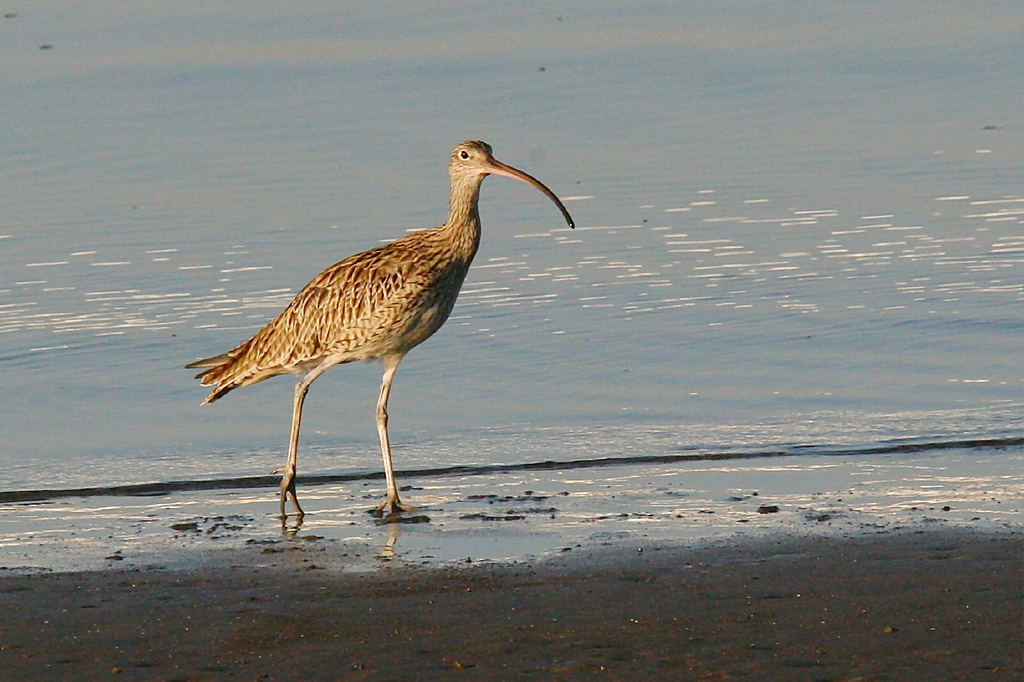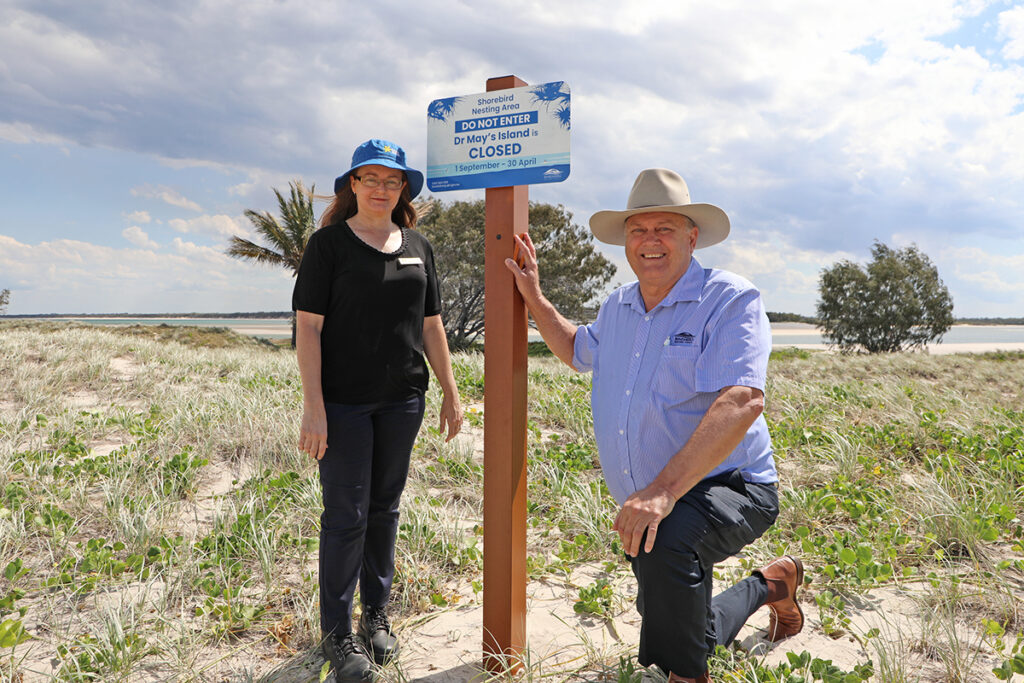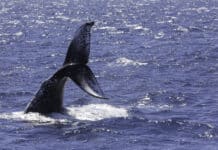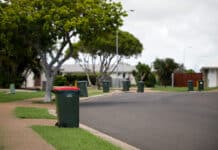
Bundaberg’s coastline is proving to be the perfect resting places for migratory birds, with many rare species travelling great distances to nest in the region.
According to the Burnett Mary Regional Group’s Samuel Groom, birds are key indicators of the health of ecosystems.
“Poor ecosystems have fewer species and numbers of shorebirds, whereas healthy ecosystems have flourishing shorebird colonies,” he said.
The Burnett Mary Regional Group is the peak body for natural resource management for the region comprising of the Burnett and Mary River catchments and the associated sub-catchment areas of the Kolan, Elliott, Gregory, Baffle, Burrum and Isis rivers.
BMRG delivers practical solutions that protect and enhance our region’s natural assets, including local bird life.
Samuel said most of the coastal birds in the Bundaberg Region travelled to feed from the northern hemisphere.
He said some of the species were particularly interesting.
“The bar-tailed godwit, which is migratory and breeds in Alaska, is known to have travelled 12,000km non-stop,” he said.
“It’s the longest journey of any animal on the planet.”
Some of the other common birds that inhabit the coastal areas of the region include:
• Red-capped Plover – resident breeder
• Far Eastern Curlew – critically endangered, migratory, breeds in Siberia
• Curlew Sandpiper – critically endangered, migratory, breeds in Siberia
• Sharp-tailed Sandpiper, migratory, breeds in Alaska
Samuel said residents could do their part in protecting local bird life by following a few simple rules.
“Keep pets away from birds on beaches,” he said.
“Don’t chase or otherwise disturb birds, especially when they have just arrived (around September and October) or when getting ready to leave in March and April.
“Having to take to the wing more than twice after they arrive can kill them due to exhaustion.”
Black noddy investigation by DES
Earlier this year black noddies were the migratory shorebirds making headlines, with unexplained deaths along the South East Coast, including the Bundaberg Region.
The cause was widely reported on social media as being due to exhaustion.
However, a detailed investigation in Mackay by the Department of Environment and Science was unable to definitively determine what actually caused the large number of black noddies to become unwell and die.
Organisations work together to help Bundaberg’s shorebird population
BMRG, in partnership with Birdlife Australia and Gladstone Ports Corporation, routinely survey shorebirds and construct floating roosts to allow them to rest closer to their foraging grounds.
The organisation also conducts fox eradication through the Nest to Ocean Project, which aids birds as well as turtles.
Recently, Bundaberg Regional Council has introduced new signage leading to Dr May’s Island in Elliott Heads to remind visitors of the migratory birds in the area.
The island is out of bounds between the months of September to April, when shorebirds nest.
The rare birds, including the beach stone curlew and sooty oyster catcher, nest every year on the island after they migrate from Siberia and the Arctic Circle.








